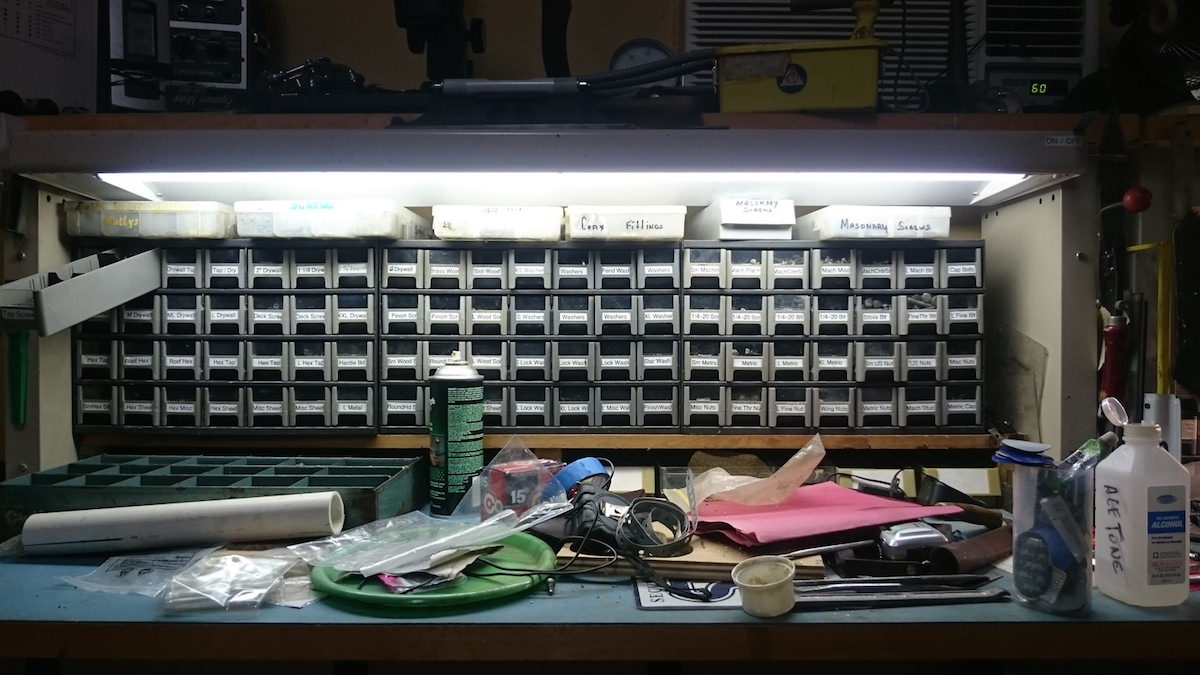
NOTES AND NEWS
The economic argument for transit system vibration mitigation
Good policy means finding ways to economically introduce mass transit access for R&D campuses and surrounding communities without damaging or limiting the research functions at the core of the institutional mission.
What kinds of building vibrations are relevant to labs?
It should be obvious that lab tools are generally more sensitive than people. But it might not be obvious just how sensitive the different tools and processes are. In this blog post we put some “order-of-magnitude” numbers on these vibration sensitivities and typical levels.
Audiograms for a few mammals
In general: it's no surprise that there is a general bias towards higher-frequency sensitivities in animals. That's why we often have to measure (and speak) in terms of ultrasound when it comes to animals. A general rule of thumb holds that for mammals, frequency is inversely-proportional to size.
Determining lab building vibration criteria: consequences vs. interference
There’s an art to developing floor vibration criteria, and the complexity increases when there aren’t explicit limits given to us by tool vendors. Even when those vendor-supplied instrument criteria are available and realistic, we need to think about what those criteria mean and how aggressively we should view risks to the project.
What do we do with crazy noise or vibration criteria?
As acoustical and vibration consultants, we are sometimes presented with what we call “non-physical criteria.” Non-physical criteria are usually predicated on the misunderstanding that it is possible to eliminate these contaminants.
Traffic vibration: road surface quality drives vibration impacts
Just how much vibration impact can traffic create? Vibrasure produced a video at a large research institution in North America to show how significant it can be in academic laboratories.
Bright-line vibration and noise criteria
If you’re outfitting a low-vibration imaging suite or laboratory, you’ve probably had to read a few tool installation guides for off-the-shelf (as opposed to hand-built) instruments. One problem with floor vibration criteria for laboratory instruments is that—unless we helped develop the criterion—we never get to see an “error-vs-vibration” dataset.
Building vibration and outlier research lab sensitivities
When it comes to vibration sensitivities, most lab groups operate fairly routine research programs. But if “most” groups run “ordinary” programs, then you shouldn’t be surprised when you run into one group with an extraordinary program. This happened to me many years ago, and it completely opened my eyes to the incredible diversity in R&D.
Statistical Descriptors in Vibration Data
I gave a talk at ESTECH 17 to present some of the core ideas behind the "temporally-informed" techniques for developing meaningful environmental vibration datasets. I've previously discussed temporal vibration survey methods and the interesting -- and very useful -- statistical perspectives that can be extracted from well-crafted datasets.
Reproducibility vs. Vibration and Noise Impacts in Animal Labs
Nature’s LabAnimal journal has published an interesting collection of articles regarding experimental reproducibility in animal models. Unsurprisingly, confounding stressors like noise and vibration figure into the discussion. This is precisely Vibrasure's goal for design and monitoring in laboratory facilities: to minimize confounding variables, reduce the number of animals and time required to obtain good data, and improve animal welfare.
How instrument criteria are developed: regimes of interference
In a previous post, we wrote about how realistic laboratory vibration criteria for sensitive tools like electron microscopes could be developed from data relating performance to vibration level. Having real data is important for both customers and consultants, since non-physical criteria aren’t helpful to anyone. In this post, we discuss where a useful criterion might fall on that curve.
How instrument criteria are developed: “error-vs-vibration”
Many laboratory instruments are exquisitely sensitive to “energetic contaminants” like vibration, noise, and electromagnetic interference. It’s not always easy reading and interpreting these criteria; they’re sometimes confusing even to vibration consultants. But to be honest, it’s not easy developing them, either. So, where do these criteria come from, and what do they mean?
Building vibration: mechanical systems vibration isolation
Machine vibration isolation schemes fail for all kinds of reasons, ranging from conceptual problems to bad hardware selections to poor installation. So, how can you tell if mechanical systems' isolators are working? A formal test is expensive and requires a lot of planning and coordination. Here, Vibrasure has produced a video on a easy way to tell if the isolators are working.
Floor vibration: here's what different walker speeds look like
A Vibrasure produced video on floor vibration and walker speed. It turns out that pace is by far the most-important parameter in predicting walker-generated floor vibrations. So, how fast do people really walk in buildings, anyway?
Environmental vs local sources of building vibration
Floor vibrations in labs aren’t uniform across the spectrum. But what governs how much energy we see at different frequencies in the spectrum? Different kinds of sources contribute to or even dominate different parts of the spectrum. The first and most obvious distinction between different "kinds of sources" is local vs. environmental. What is interesting about this differentiation is the degree of control that might be exerted over those sources.
Floor vibration: how fast do people walk in buildings?
When it comes to footfall vibrations created by people walking around in sensitive buildings like labs or hospitals, all sorts of the parameters and variables we care about are distributions rather than singular numbers. One of these is the walker speed, expressed in paces-per-minute (ppm).
Can we isolate this microscope from floor vibrations?
For projects that house sensitive instruments and activities – like nanotech labs or vivariums – vibration and noise impacts from the outside world can interfere with research productivity. Since there's only so much you can do about the environment, we are often asked about local vibration isolation systems that act right at the tools themselves. From a technical perspective, the biggest thing to keep in mind is that these isolation schemes can only attenuate -- not eliminate -- floor vibrations.
How to Read Centile Statistical Vibration Data
For field or building-wide surveys, our practice is to supplement the spatial data gathered across the site with data from (at least) one location gathered over time. This really helps illustrate how much of the observed variability in the spatial data might actually be due to temporal variability. But interpreting these data isn't intuitive for some people.


















